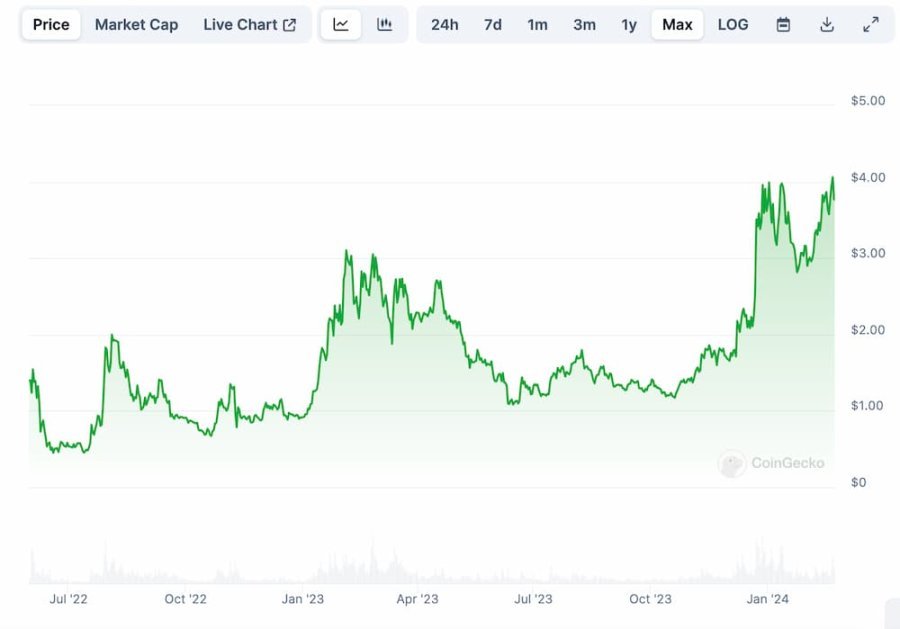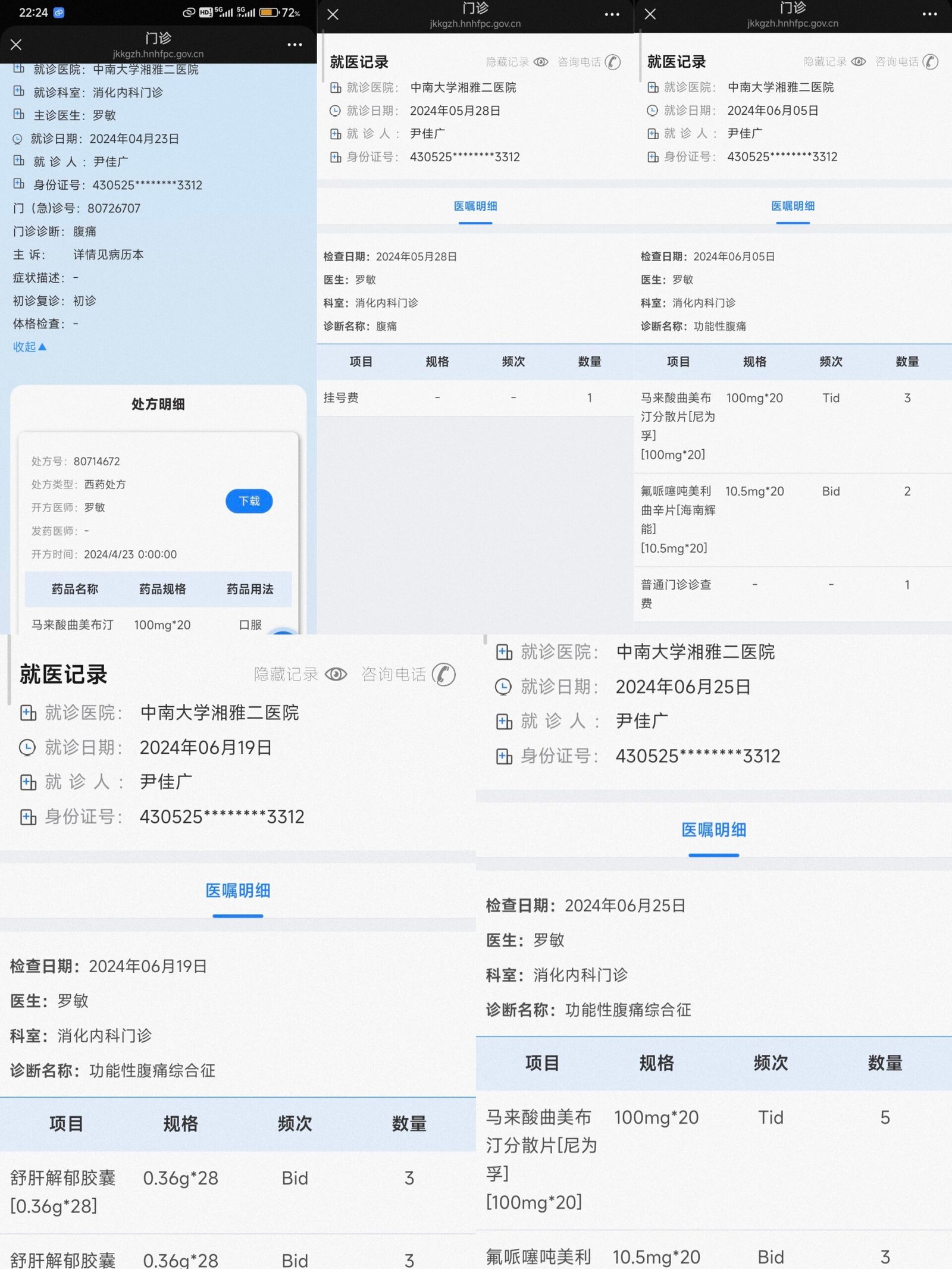RedStone Oracles represents a significant advancement in the blockchain oracle landscape, employing a modular design to deliver reliable, diverse, and scalable data feeds across multiple blockchain environments. This approach addresses the limitations of traditional oracle systems and caters to the evolving needs of modern DeFi protocols.
Why a Modular Design?
Traditional oracle systems often suffer from monolithic architectures, leading to inefficiencies such as constant on-chain data delivery regardless of necessity, high gas costs, and limited scalability. RedStone's modular design overcomes these challenges by enabling flexible, on-demand data delivery, enhancing scalability, and optimizing resource usage.
Key Components of RedStone's Modular Architecture
-
Data Sources and Aggregation
RedStone integrates over 50 data sources, including major off-chain exchanges like Binance and Coinbase, on-chain decentralized exchanges (DEXs) such as Uniswap and Sushiswap, and data aggregators like CoinMarketCap and CoinGecko. This extensive integration ensures a broad and reliable data set, which is aggregated using various methodologies, including median and time-weighted average price (TWAP) calculations. This aggregation process is managed by independent nodes, ensuring data integrity and reliability (RedStone) (RedStone Documentation).
-
Decentralized Storage and Delivery
RedStone employs a decentralized cache layer powered by Streamr and RedStone light cache nodes. Data is first stored off-chain and only fetched on-chain when required, significantly reducing gas costs and improving efficiency. This approach is supported by Arweave, which provides permanent and cost-effective data storage, ensuring long-term data integrity and accountability (RedStone Documentation) (RedStone Documentation).
-
Data Delivery Models
RedStone offers three distinct data delivery models, each tailored to specific protocol needs:
-
RedStone Core (Pull Model): Data is delivered on-demand with the lowest gas costs and minimal latency. Users fetch signed data packages as needed, making it ideal for applications requiring frequent updates.
-
RedStone Classic (Push Model): This model mimics traditional oracle systems, where data is pushed to the blockchain based on predefined conditions like heartbeats or price deviations. It offers full control over data sources and update conditions, suitable for protocols preferring established oracle methods.
-
RedStone X (Zero-Latency Model): Designed for sophisticated financial instruments like perpetuals and options, this model provides front-running proof data delivery at the next block after user interaction. This ensures ultra-low latency and high accuracy, critical for high-frequency trading environments (RedStone Documentation) (RedStone blog -).
-
-
Security and Verification
Security is a core component of RedStone's architecture. Data packages are cryptographically signed and timestamped, with signatures verified on-chain to ensure authenticity. Additionally, an on-chain aggregation mechanism requires multiple signatures from authorized data providers, enhancing security and mitigating risks from potentially compromised nodes (RedStone Documentation).
Advantages of RedStone's Modular Design
-
Scalability: The modular design allows RedStone to support a wide range of assets and adapt quickly to new blockchain environments and DeFi protocols. This flexibility is essential for keeping pace with the fast-evolving blockchain landscape.
-
Cost Efficiency: By delivering data on-demand and using decentralized storage, RedStone significantly reduces gas costs compared to traditional oracle systems, making it more economical for users.
-
Customizability: Protocols can choose from different data delivery models based on their specific needs, ensuring optimal performance and reliability. This customization is particularly valuable for protocols requiring high-frequency data updates or those operating in high-stakes environments like derivatives trading (RedStone) (RedStone blog -).
Use Cases and Integrations
RedStone's innovative approach has facilitated its integration with various blockchain platforms and DeFi protocols. For instance, its collaboration with the Fuel network showcases how RedStone's modular oracles can enhance scalability and efficiency in layer-2 solutions. The integration leverages Fuel's parallel transaction execution and modular execution layer, providing high-performance and low-latency data feeds crucial for DeFi applications (RedStone blog -).
Conclusion
RedStone Oracles, with its modular design, represents a leap forward in oracle technology. By addressing the limitations of traditional systems and offering scalable, cost-effective, and customizable solutions, RedStone is well-positioned to support the next generation of DeFi protocols and blockchain applications. Its commitment to innovation and efficiency makes it a valuable partner for developers and projects aiming to build robust and reliable decentralized systems.
-





评论 (0)